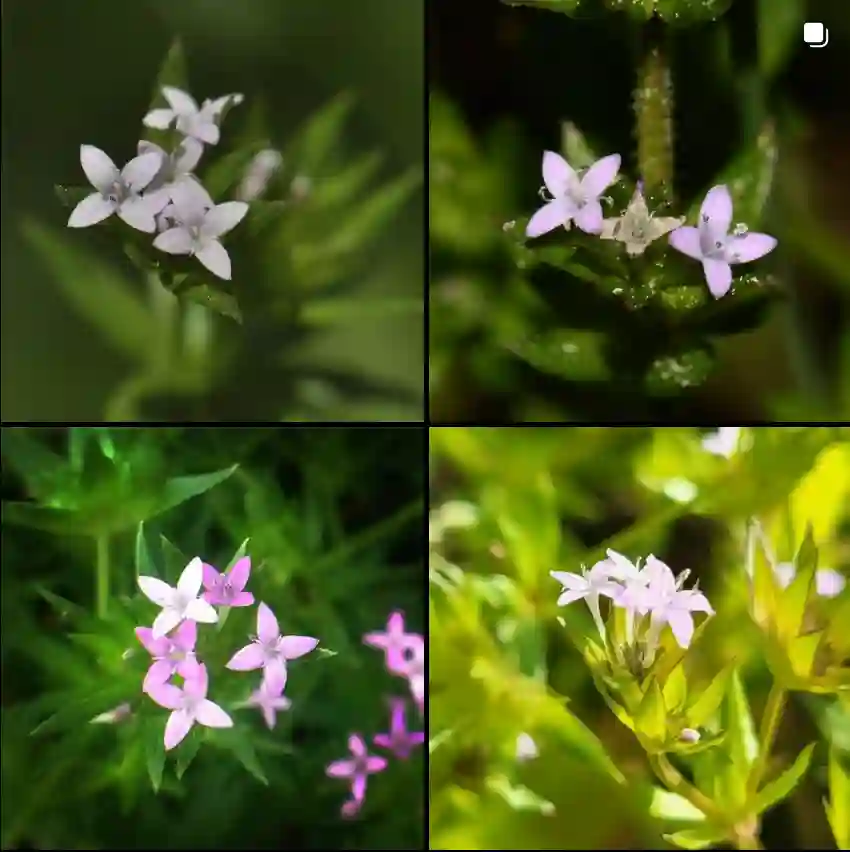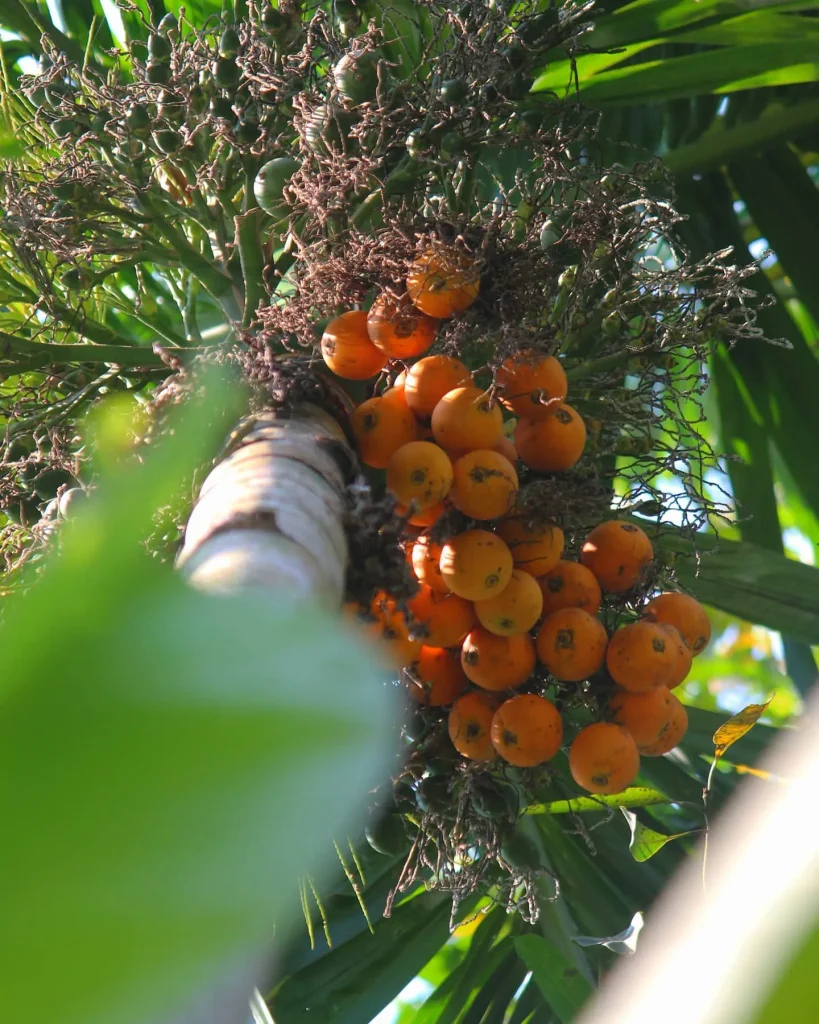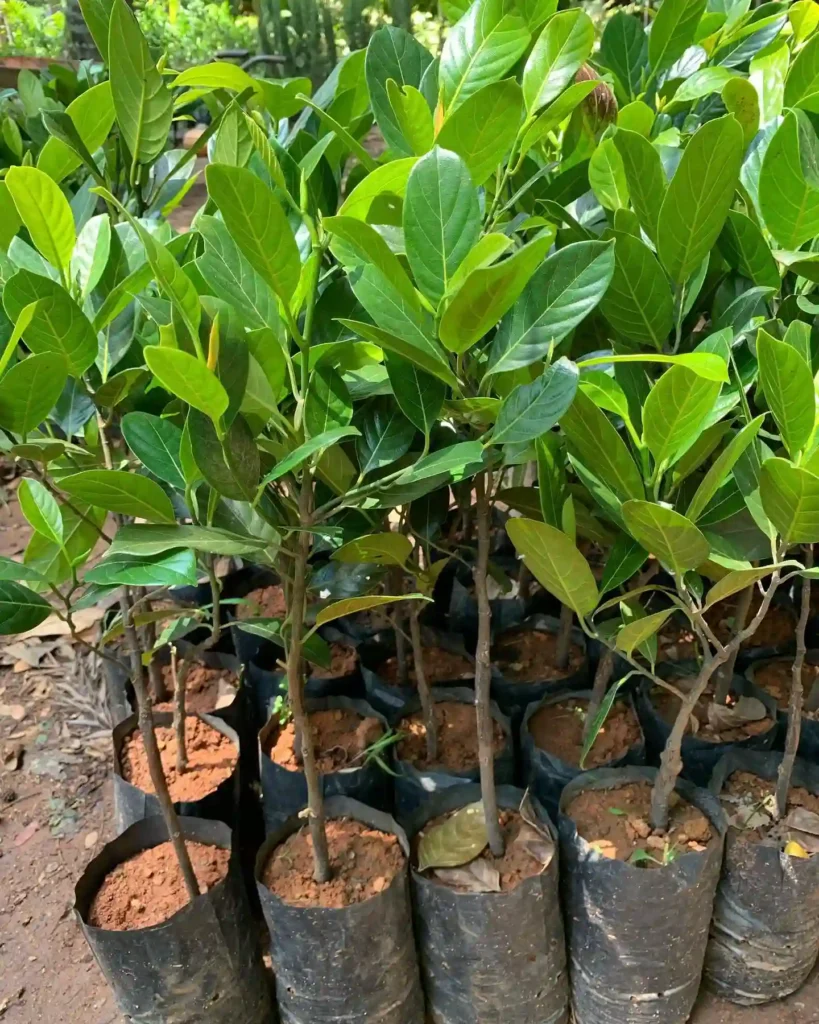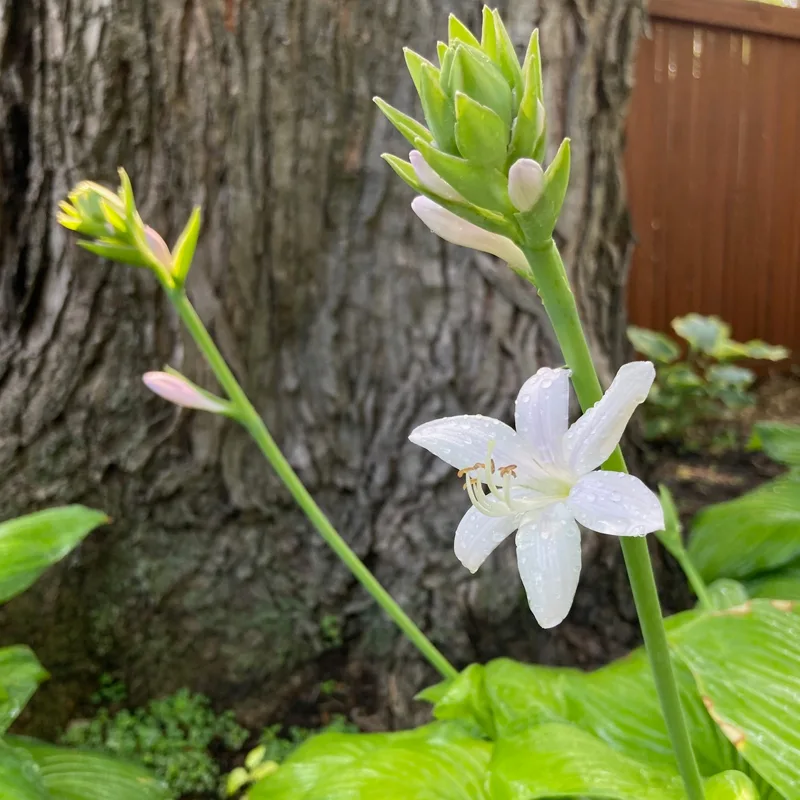Distylium Swing Low: Your Top FAQs Answered
I’ve had a fascination with shrubs that can add a unique touch to the garden, and the Distylium Swing Low has definitely caught my eye. It’s a versatile plant that offers year-round appeal, so I’ve compiled answers to some frequently asked questions about it.
16 Species in Genus Distylium
What Is Distylium Swing Low?
Distylium Swing Low is a low-growing, evergreen shrub that’s known for its attractive, dense foliage and striking color. It belongs to the Distylium genus, a lesser-known group in the plant world, and is prized for its hardiness and versatility. This shrub features narrow, evergreen leaves that are a rich, dark green, and its compact form makes it perfect for various garden settings.
How to Care for Distylium Swing Low?
Caring for Distylium Swing Low is relatively straightforward, making it an excellent choice for both seasoned gardeners and beginners. Here are a few key points to keep in mind:
- Sunlight: It thrives in full sun to partial shade. Ideally, you should plant it where it gets at least four hours of sunlight each day.
- Soil: It prefers well-drained soil. A loamy or sandy soil is ideal, but it can adapt to different soil types as long as the drainage is good.
- Watering: This shrub is drought-tolerant once established. Water it regularly during its first year to help it develop a strong root system. After that, it can handle dry spells with minimal watering.
- Pruning: Distylium Swing Low generally requires minimal pruning. Remove any dead or damaged branches as needed to maintain its shape and health.
- Fertilizing: A balanced, slow-release fertilizer applied in the spring will help it thrive.
How to Propagate Distylium Swing Low?
Propagating Distylium Swing Low can be done through several methods, though it’s not the easiest plant to propagate. Here’s how I approach it:
- Cuttings: Take semi-hardwood cuttings in late summer. Ensure they’re about 4-6 inches long with a few leaves attached. Dip the cut end in rooting hormone and plant it in a pot with a mix of peat and perlite. Keep the soil moist and place the pot in a warm, shaded area. Roots should develop in a few months.
- Layering: This method involves bending a branch to the ground and covering it with soil. The branch will develop roots while still attached to the parent plant. Once roots are established, you can separate the new plant and transplant it.
What to Plant With Distylium Swing Low?
When choosing companion plants for Distylium Swing Low, consider its evergreen nature and moderate growth. Here are a few suggestions that complement its aesthetic:
- Ornamental Grasses: Plants like Fountain Grass or Blue Fescue provide a contrasting texture and add movement to the garden.
- Flowering Perennials: Consider pairing it with Coneflowers or Daylilies. Their vibrant blooms contrast beautifully with the Distylium’s foliage.
- Ground Covers: For a low-maintenance garden, try mixing it with Creeping Jenny or Sedum. These ground covers will help suppress weeds and enhance the shrub’s visual appeal.
How to Use Distylium Swing Low in the Garden?
Distylium Swing Low is incredibly versatile. You can use it in various ways:
- Foundation Planting: Its compact size makes it ideal for planting around the base of buildings. It adds greenery without overwhelming the space.
- Borders and Edges: Use it along garden paths or as a border plant. Its dense foliage provides a neat, attractive edge.
- Low Hedges: This shrub works well for creating low hedges or privacy screens. It maintains a tidy appearance with minimal effort.
Is Distylium Swing Low Toxic?
One of the advantages of Distylium Swing Low is that it is non-toxic to pets and children. Unlike some other plants that can cause issues if ingested, Distylium is a safe choice for families with curious animals or kids.
Common Pests and Problems
While Distylium Swing Low is generally hardy, it’s not immune to issues. Keep an eye out for:
- Pests: Aphids and spider mites can sometimes be a problem. Regular inspections and appropriate treatments will help manage these pests.
- Diseases: Root rot can occur if the plant is in poorly drained soil. Ensure good drainage to prevent this issue.
Conclusion
The Distylium Swing Low is a fantastic addition to any garden, offering year-round greenery and adaptability. With its low-maintenance care and versatile use, it’s a great choice for a variety of landscaping needs. Whether you’re looking to enhance your garden’s foundation planting or create a charming border, this shrub is definitely worth considering. If you have any more questions about this plant or need further gardening advice, feel free to reach out!
If i die, water my plants!



